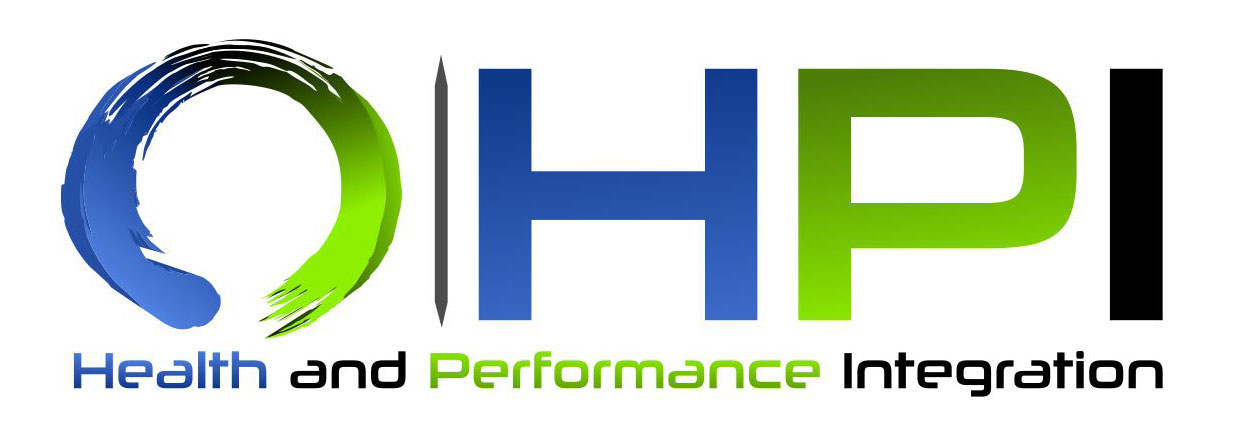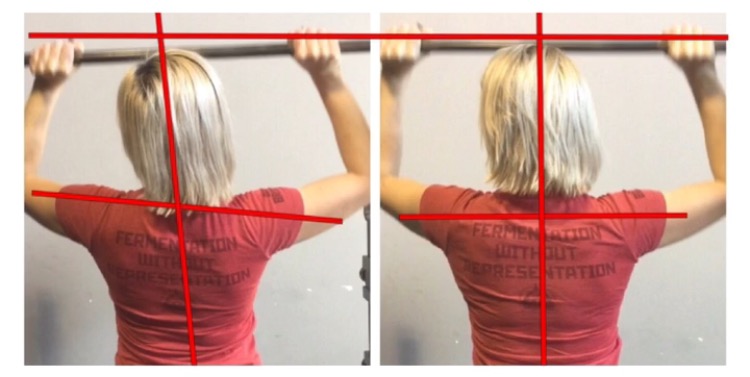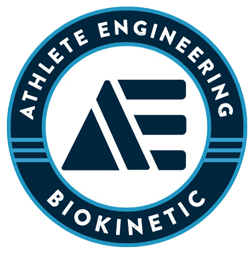IMG_7769Have you ever experienced one side of your body just not feeling as strong as the other? Watching the video on the left, you will see this athletes structure unstable, the bar tilts to the left, her left shoulder is higher, her torso is sort of bending to the left, and her strength gives out on the third rep. On the right, after one session of BKE Integration, she is considerably straightened out and blows past the third rep with more in the tank, and no shoulder pain.
If you workout, lift weights, or play sports, you most likely have experienced shoulder pain at some point. It is the most commonly injured body part along with the low back and knees. Everyone tries to figure out what is wrong by looking at the shoulder… checking range of motion, etc. then doing physical therapy exercises with bands and other gadgets.
However, the problem often lies somewhere else and you have to search deeper to find it.
The shoulder is stabilized by the shoulder girdle, which consists of the scapula and stabilizing muscles. The scapula rests on the ribs which are connected to the thoracic vertebrae. If the legs, hips, and lower back are not perfectly aligned then the thoracic will not be as well. This means that the ribs will be out of alignment and the scapula will not sit properly in place. This will create an uneven pressure on the shoulder joint when pressing or using it in general. The shoulder is fed nerve supply from the brachial plexus, which originates in the neck. If the neck is out of alignment or has any vertebrae that are not moving properly, the brachial plexus will be compromised and the muscles of the shoulder will not be able to contract properly. When performing a movement, such as the overhead press, you may feel a sudden weakness or pinch in the shoulder on that side. This may go on for a long time, even years, before it does enough damage for you to develop a substantial injury.
Get to the source now and reach your potential with BKE Integration!
Eat * Move * Think
Bio * Kinetic * Energy


